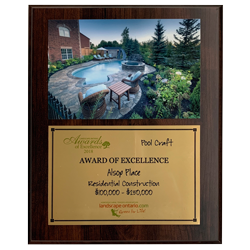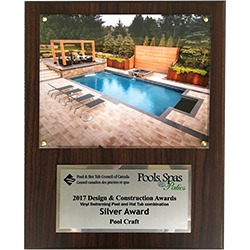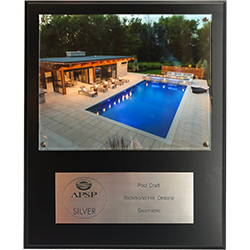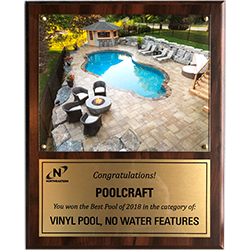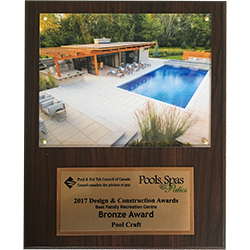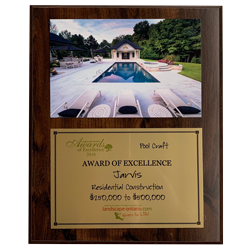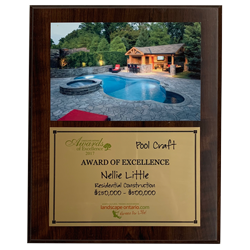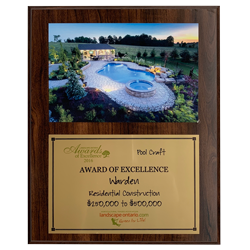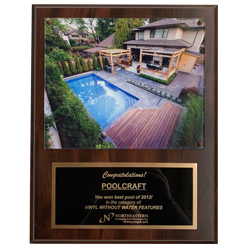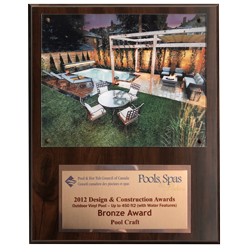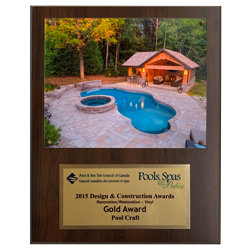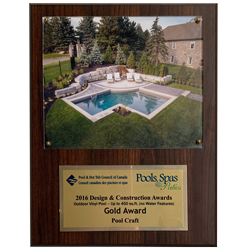Landscape lighting can make the ordinary extraordinary. Trees, pathways, pools and so much more can come to life with the right lighting. Take a minute to read through our top tips when it comes to lighting your backyard landscape.

PLAN AND DESIGN:
- Start by creating a lighting plan for your landscape. Identify the key focal points, such as trees, architectural features, pathways, or water features that you want to highlight.
- Consider the overall ambiance you want to create, whether it’s soft and romantic or bright and functional.
- Use a mix of lighting techniques, such as uplighting, downlighting, and accent lighting, to add depth and dimension to your land-scape.
CHOOSE THE RIGHT FIXTURES:
- Select high-quality fixtures that are designed for outdoor use and can withstand the elements.
- Opt for fixtures with adjustable features, such as beam angle and intensity, to have flexibility in lighting different areas.
- Consider energy-efficient options, such as LED lights, which are long-lasting and consume less electricity.
HIGHLIGHT KEY FEATURES:
- Use uplighting to illuminate trees, shrubs, or architectural elements. Position the lights at the base of the objects and angle them upward for a dramatic effect.
- Use downlighting to create a moonlight effect or to light large open areas. Mount fixtures in trees or on tall structures to cast a gentle, diffused light below.
- Employ path lighting along walkways and garden paths to enhance safety and guide visitors. Choose fixtures that are low-profile and install them at regular intervals.
CONSIDER LIGHTING TECHNIQUES:
- Use silhouetting by placing a light behind an object to create a striking silhouette effect against a wall or fence.
- Create shadowing effects by placing lights in front of textured surfaces, such as stone walls or trellises, to cast interesting shadows.
- Experiment with colored filters or lenses to add ambiance or to match a specific theme or occasion.
USE LAYERS AND ZONES:
- Create depth and visual interest by layering different lighting elements, such as combining uplighting with path lighting and accent lighting.
- Divide your landscape into zones and use separate circuits or controls to adjust lighting levels in each zone independently. This allows you to create different moods and accommodate different activities.
INSTALL PROPER WIRING AND CONTROLS:
- Ensure that your lighting system is professionally installed with proper wiring and connections to avoid any safety hazards.
- Consider using a lighting control system or timers to automate the operation of your landscape lighting and save energy.
- Include dimmers or adjustable controls to have flexibility in adjusting the brightness of your lights.
Remember, lighting is both an art and a science, so don’t be afraid to experiment and adjust as needed. It’s always a good idea to consult with a professional landscape lighting designer or contractor to help
you create a stunning and functional lighting scheme for your outdoor space.
